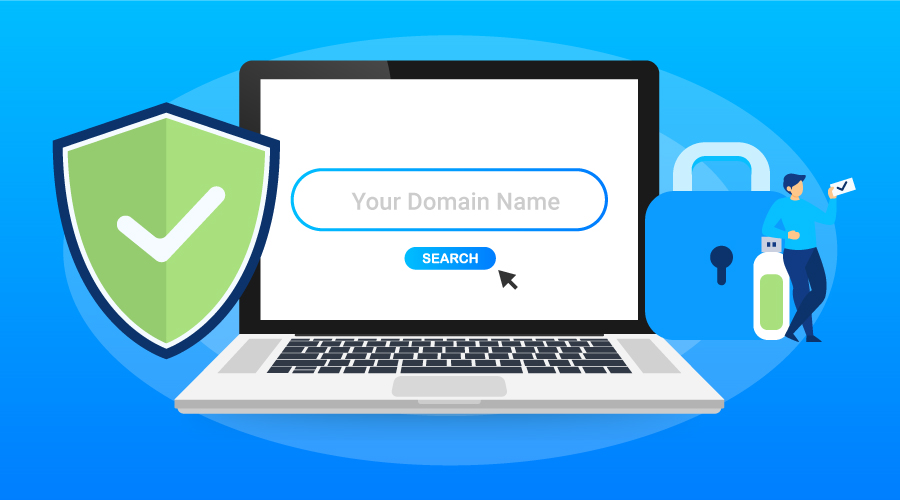SSH (Secure Shell) – Encryption, Authentication, and Advanced Features
SSH SSH (Secure Shell) is a network protocol that allows secure remote access to computers over an unsecured network. It encrypts data, supports various authentication methods (like password and key-based), and is commonly used for logging into remote systems, executing commands, and transferring files securely. Key Features of SSH: Overview: Purpose: SSH provides a secure


